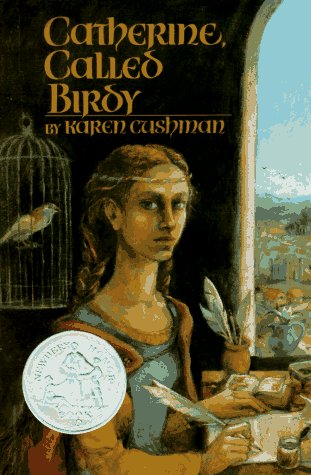
‘The Anatomy Lesson’ was painted on the 16th of January, 1632. Rembrandt Harmenszoon created it on an oil canvas. This piece of art demonstrates one of many discoveries made during the Renaissance. ‘The Anatomy Lesson’ shows how people were willing to go out and experiment new ideas and concepts. This expresses how the Renaissance, was a time of inquiry where people were trying to seek the answers to their questions. Dr. Nicolaes Tulp performed the dissection of the human body and it was a first because the Catholic Church forbade dissection because they feared the discovery of the souls location. This exhibits how the Church was losing power and their ability to control the citizens therefore causing them to break away and reform themselves. In the painting you can see that the Amsterdam Guild of Surgeons are intrigued by the anatomy and are taking notes, studying the human’s arm and its muscles and tendons inside. Their curiosity lead to the realization of the human body and from this discovery new medicines were able to be made. This painting is a reflection of the Renaissance because it shows how it was an era of logical discoveries and also how they weren’t relying on the church as much to provide the answers for them.


